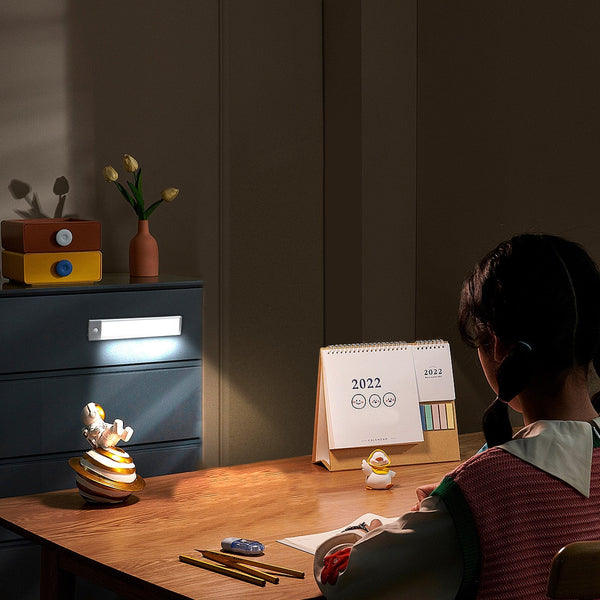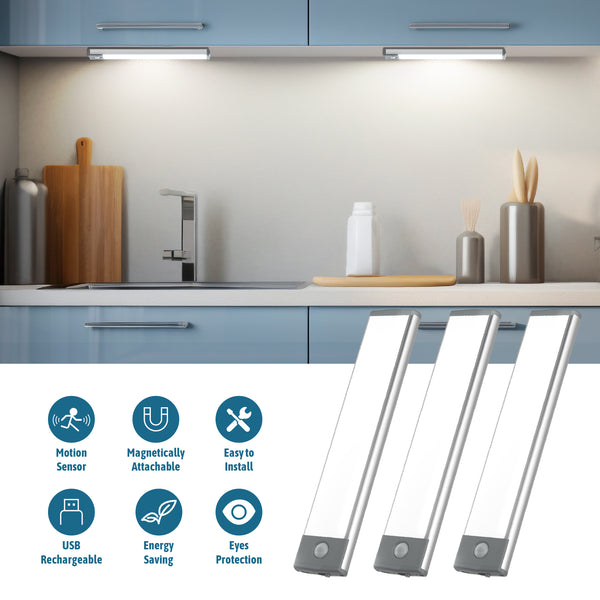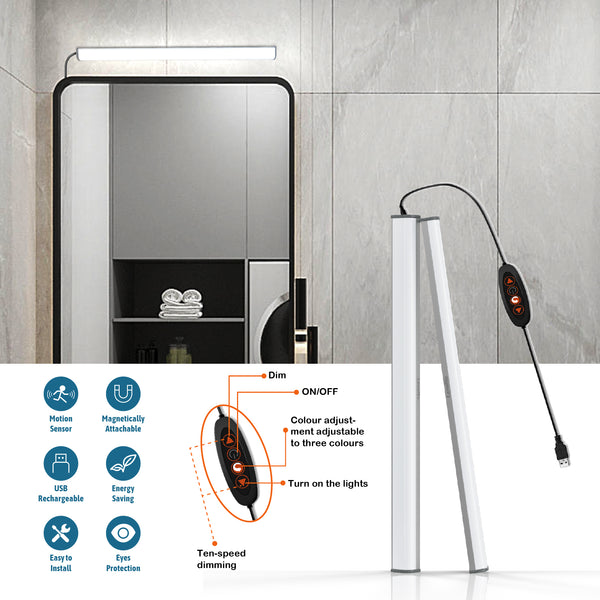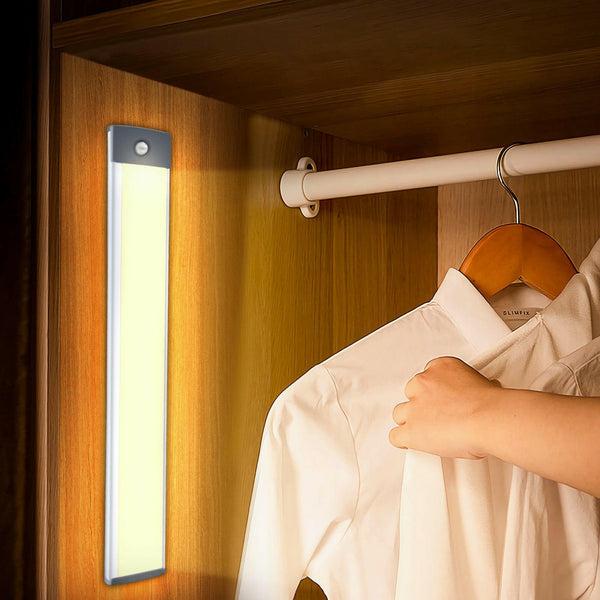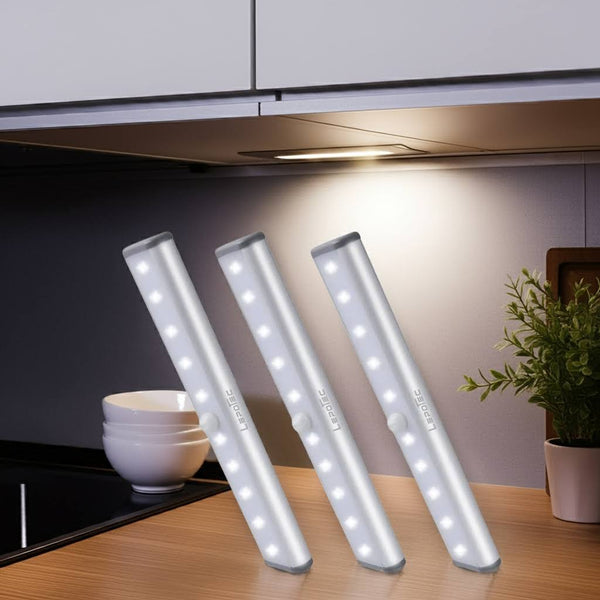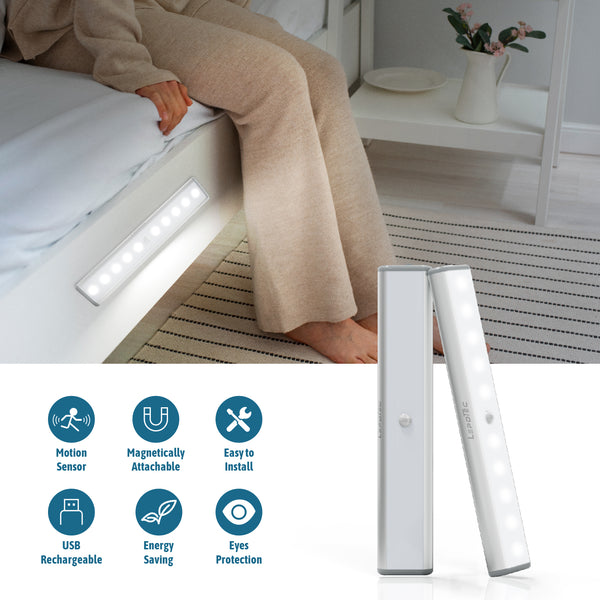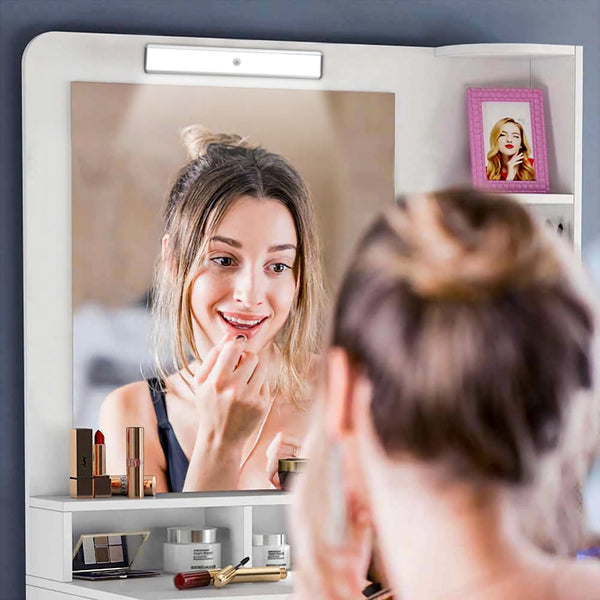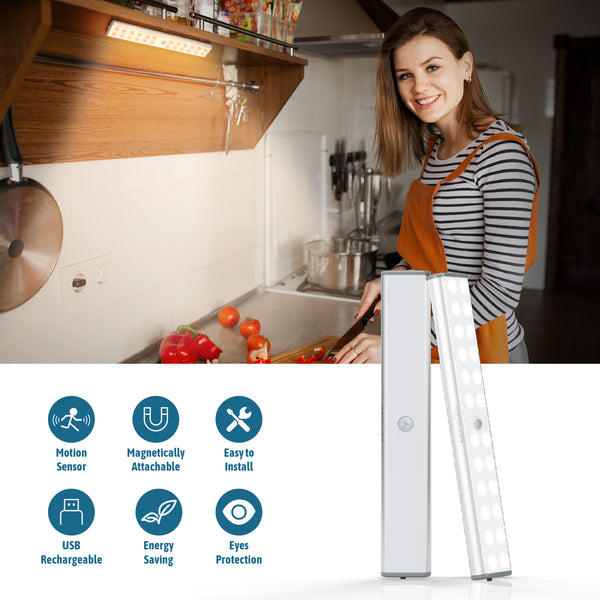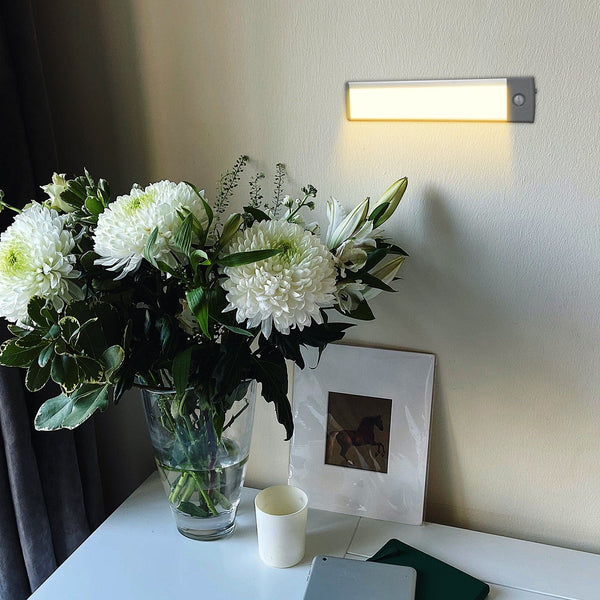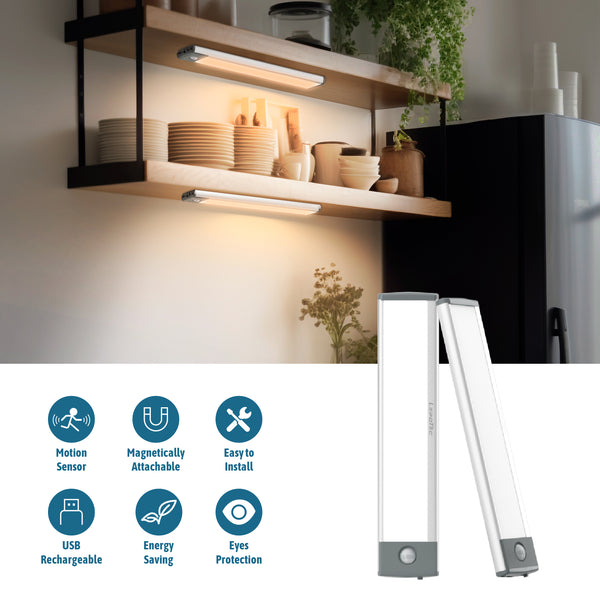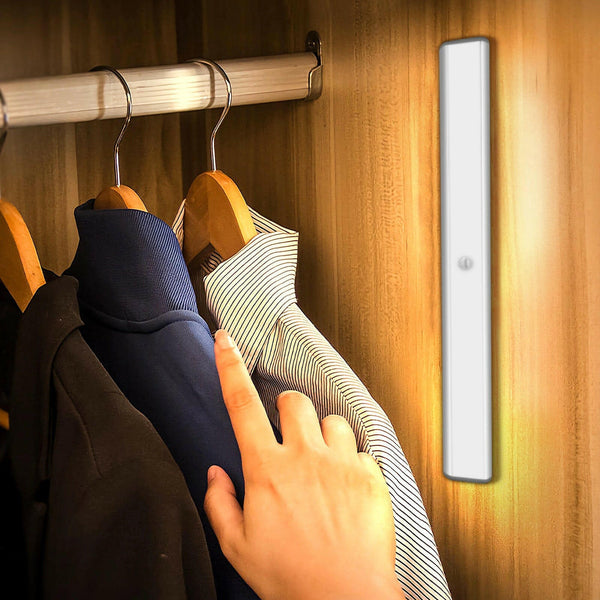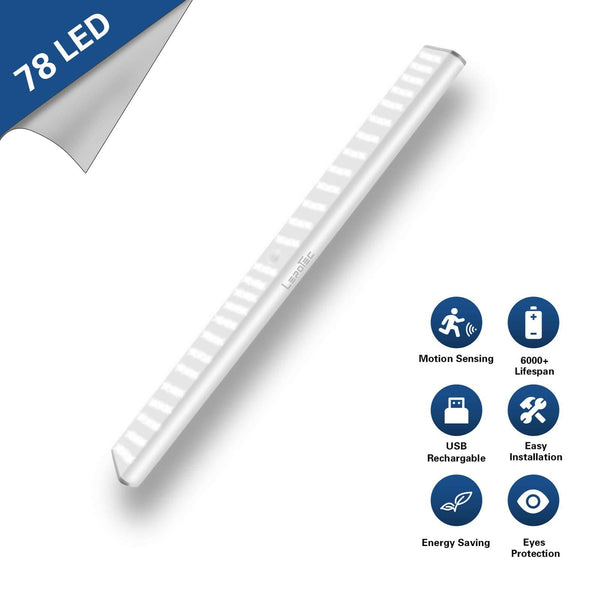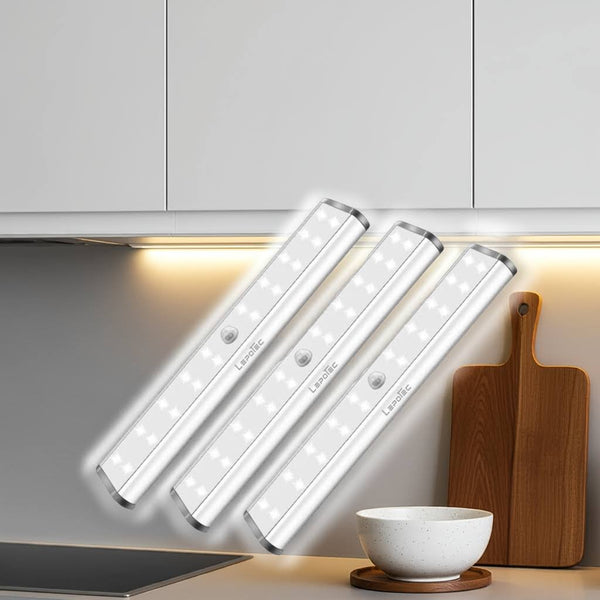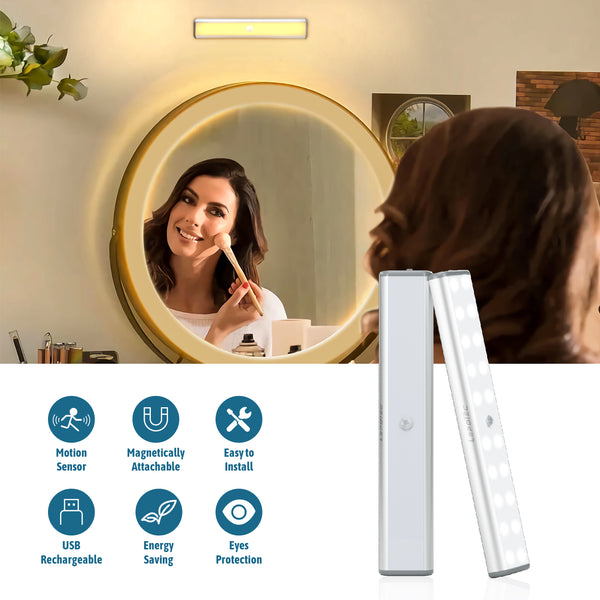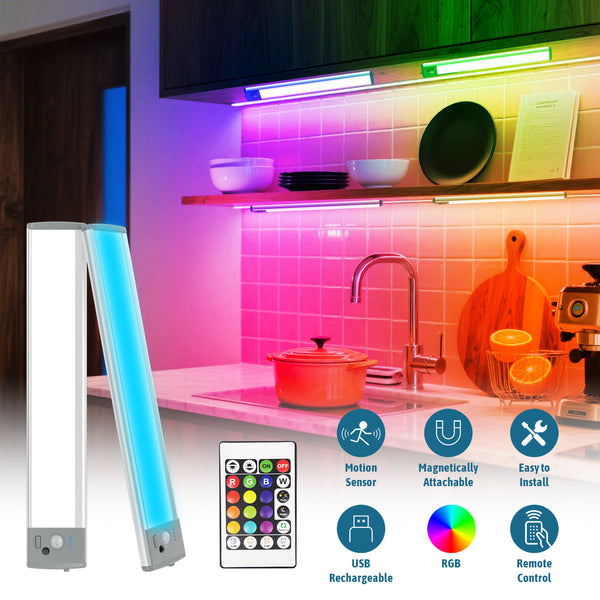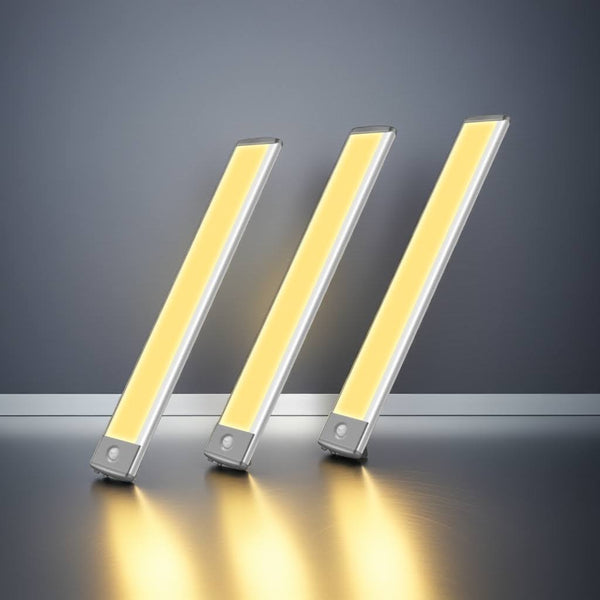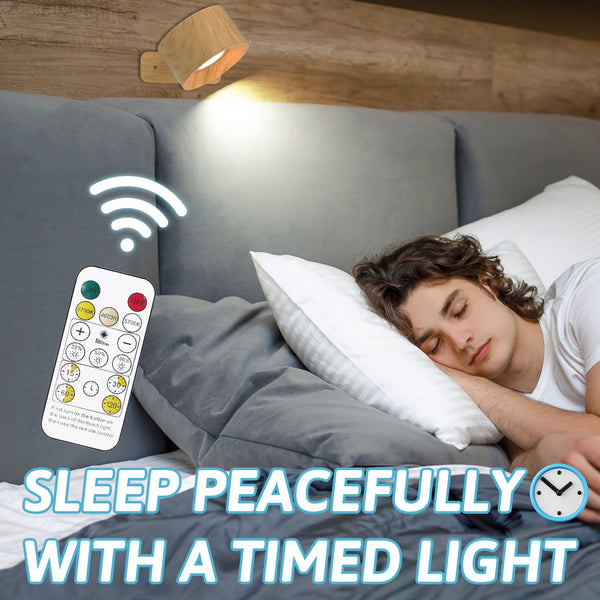In the age of smart homes and energy-efficient living, indoor motion sensor lights have emerged as a game-changer for modern households. These devices combine convenience, safety, and sustainability, making them a staple in homes and businesses alike. But how exactly do they work? In this article, we’ll dive into the technology behind indoor motion sensor lights, their benefits, and why Lepotec—a leader in innovative lighting solutions—is your go-to brand for reliable, cutting-edge products.
Understanding the Basics of Motion Sensor Lights
Motion sensor lights, also known as motion-activated lights, are lighting systems equipped with sensors that detect movement within a specific range. When motion is detected, the lights automatically turn on and remain illuminated for a preset duration before switching off. This technology eliminates the need for manual operation, making it ideal for spaces like hallways, closets, garages, and bathrooms.
At Lepotec, our motion sensor lights are designed with precision engineering to ensure seamless integration into your daily life. But before we explore their applications, let’s break down the science behind how these devices function.
The Technology Behind Motion Sensors
Indoor motion sensor lights rely on one or more detection technologies to identify movement. The most common types include:
1. Passive Infrared (PIR) Sensors
The majority of motion-activated lights, including Lepotec premium models, use Passive Infrared (PIR) sensors. These sensors detect infrared radiation emitted by warm objects, such as humans or pets. Every object with a temperature above absolute zero emits heat, and PIR sensors are calibrated to recognize sudden changes in infrared energy within their field of view.
When a person walks into a room, their body heat creates a detectable change in the infrared pattern. The sensor triggers the light to turn on, and a built-in timer keeps it illuminated until no further motion is detected.
Why PIR?
-
Energy-efficient: Only activates when needed.
-
Cost-effective: Low power consumption.
-
Reliable: Less prone to false triggers compared to other technologies.
2. Microwave Sensors
Microwave sensors emit high-frequency radio waves (microwaves) and measure their reflection off nearby objects. If the reflected waves detect movement—such as a person walking by—the sensor activates the light.
While microwave sensors are highly sensitive and can detect motion through walls or glass, they consume more power than PIR sensors. Lepotec uses hybrid systems in select models, combining PIR and microwave technologies for optimal accuracy in challenging environments.
3. Ultrasonic Sensors
Ultrasonic sensors work similarly to microwave sensors but use high-frequency sound waves instead of radio waves. These sensors measure the echo of sound pulses to detect movement. While effective, ultrasonic sensors are less common in residential settings due to higher costs and potential interference from ambient noise.
Key Components of Lepotec Motion Sensor Lights
To deliver flawless performance, Lepotec motion sensor lights integrate several critical components:
-
Sensor Module: The “brain” of the system, responsible for detecting motion (PIR, microwave, or ultrasonic).
-
Control Unit: Processes signals from the sensor and triggers the light based on predefined settings.
-
Light Source: Energy-efficient LED bulbs, which provide bright illumination while minimizing energy use.
-
Adjustable Settings: Customizable sensitivity, range, and duration controls (e.g., how long the light stays on after motion stops).
-
Power Source: Options include hardwired systems, battery-operated units, or solar-powered designs.
Integration with Smart Home Systems
Modern motion sensor lights are no longer standalone devices. Lepotec products are compatible with popular smart home ecosystems like Amazon Alexa, Google Home, and Apple HomeKit. This integration allows users to:
-
Adjust settings via voice commands or smartphone apps.
-
Create automation routines (e.g., lights turning on at sunset).
-
Monitor activity logs for security purposes.
Benefits of Lepotec Indoor Motion Sensor Lights
Why should you consider upgrading to motion-activated lighting? Here’s how Lepotec enhances your home:
1. Energy Efficiency
Traditional lights left on accidentally can waste significant electricity. Motion sensors ensure lights operate only when needed, reducing energy bills by up to 30%. Lepotec’s LED bulbs further amplify savings with their low wattage and long lifespan.
2. Enhanced Safety
Dark hallways or staircases pose tripping hazards. Motion sensor lights provide instant illumination, preventing accidents. For added security, Lepotec models can deter intruders by automatically flooding entry points with light.
3. Hands-Free Convenience
Carrying groceries? Struggling to find a light switch in the dark? Motion sensors eliminate these frustrations, offering effortless lighting wherever you need it.
4. Customizable Settings
Tailor your experience with adjustable sensitivity (to avoid pet-triggered activations), range (5–30 feet), and duration (10 seconds to 30 minutes).
Installation Tips for Lepotec Motion Sensor Lights
Installing Lepotec motion-activated lights is straightforward, even for DIY enthusiasts:
-
Choose the Right Location: Mount sensors where motion is likely (e.g., entryways, corridors).
-
Avoid Obstructions: Ensure the sensor’s field of view isn’t blocked by furniture or decor.
-
Test Settings: Adjust sensitivity and duration to match your lifestyle.
-
Pair with Smart Systems: Sync lights with your home network for advanced control.
Applications in Everyday Life
Lepotec motion sensor lights are versatile enough for any room:
-
Bathrooms: Nighttime visits without blinding bright lights.
-
Closets: Lights activate as soon as the door opens.
-
Home Offices: Automatic illumination when you enter.
-
Garages: Hands-free lighting when carrying heavy items.
The Future of Motion Sensor Lighting
As technology evolves, Lepotec continues to innovate. Future developments may include:
-
AI-powered sensors that distinguish between humans and pets.
-
Advanced energy harvesting (e.g., solar + kinetic energy).
-
Enhanced integration with security cameras and alarms.
Why Choose Lepotec?
With decades of expertise in lighting technology, Lepotec stands out for:
-
Quality Assurance: Rigorous testing for durability and performance.
-
Eco-Friendly Design: Recyclable materials and energy-efficient components.
-
Customer Support: 24/7 assistance and industry-leading warranties.
Conclusion
Indoor motion sensor lights are more than a convenience—they’re a smart investment in safety, efficiency, and modern living. By leveraging advanced PIR, microwave, and ultrasonic technologies, Lepotec delivers lighting solutions that adapt to your needs seamlessly. Whether you’re building a new home or upgrading an existing space, Lepotec motion sensor lights offer the perfect blend of innovation and reliability.
Ready to transform your home? Explore Lepotec’s range of motion-activated lighting today and step into the future of intelligent living.




